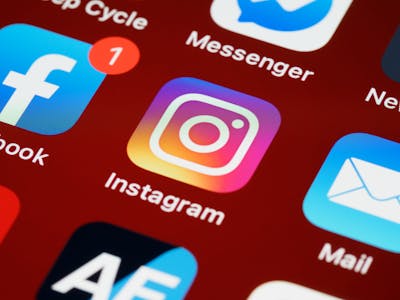Offline First, Cloud-Connected: My Favorite Hybrid Model for Apps
Have you ever tried to use an app and realized it’s basically useless without the internet?

"I believe the best apps today work offline by default, but don't ignore the cloud when it truly matters."
Have you ever tried to use an app and realized it’s basically useless without the internet? That used to happen to me a lot, especially when I was developing or testing on the go in areas with poor network coverage. I remember one day, I was showing one of my apps to a friend and… boom. No Wi-Fi. No mobile data. And no app functionality. Just a loading spinner spinning for eternity.
That’s when it hit me. Why do we keep building apps that break when the internet disappears?
Ever since then, I’ve been building most of my apps using what I like to call the hybrid model. It’s a mix of offline-first architecture with cloud-connected features that enhance the experience without depending entirely on the internet. And honestly? It’s been a game changer.
What Offline-First Really Means
Offline-first doesn't just mean “your app still opens when there’s no network.” It means your app is fully functional even without a connection. You should be able to open it, interact with your data, perform key tasks, and feel zero frustration—even in airplane mode or somewhere remote.
Here’s what I love about offline-first design:
- It makes the app feel fast and responsive.
- It’s more reliable, especially in places like rural Kenya where network drops are common.
- It leads to a better user experience. No more dead zones.
Apps like my own GSCapture were built with this mindset. You can capture screenshots, annotate them, apply filters, and export them without touching the cloud. Everything happens locally and instantly.
But Don’t Ignore the Cloud
Now, I’m not against the cloud at all. In fact, the cloud is super important when you’re trying to:
- Sync data across devices
- Back up files automatically
- Store large media like videos or stickers
- Collaborate or share across users
For example, my current project, PlayVids, has local video playback at its core. But I’m adding Google Drive integration so users can stream cloud-stored videos too. That way, you get the flexibility of both worlds: offline reliability, online power.
This is what I mean by the hybrid model.
How I Build with the Hybrid Mindset
Here’s how I usually approach my projects:
- Start with core features that work fully offline.
- Add cloud-enhanced functionality as optional upgrades.
- Use background sync methods so the app doesn’t depend on real-time connectivity.
Tools I often use:
- SQLite or Room (Android) for local databases
- .NET MAUI for cross-platform apps with local storage support
- WorkManager or JobScheduler to sync data when internet is available
- Firebase or Google Drive API for cloud-side logic
One neat trick I like is allowing users to keep using their local data even during sync errors. Then once the network is back, the app updates silently in the background.
Challenges I’ve Faced
It’s not always perfect. Some hurdles I’ve run into include:
- Conflict resolution. What happens if someone edits the same data offline and online?
- Sync logic. Designing efficient data sync rules takes time and testing.
- Cloud costs. Hosting cloud features like media storage can get expensive, especially for indie devs.
But with careful planning, local caching, and staged rollout of features, these challenges are solvable. And the benefits of this hybrid model are absolutely worth it.
Where I’m Using It Now
Almost every app I’m working on, whether it’s my note-taking tools like GelNotes, media apps like PlayVids, or new projects like Num Snap (an image-to-text scanner), is based on this idea.
Take Num Snap for example. You can scan an image, extract text with ML Kit, and edit the text offline. But soon, I’ll be adding a feature to auto-backup extracted data to the cloud if the user chooses to log in. It starts offline, but improves online.
Final Thoughts
Offline-first apps are not just a technical choice. They’re a user-first philosophy. Especially in places like Kenya, where network access can’t always be guaranteed, building resilient, flexible apps shows real care for your users.
If you’re a developer reading this, I’d encourage you to try it.
Build for offline first, then enhance with the cloud. Your users, and your future self, will thank you.
Do you build apps this way too? Faced any sync nightmares? Or found a cool tool that makes this easier?
Let me know in the comments or DM me on X (@g_ongoro04). I’d love to geek out over this!
Related Posts
Comments (0)
Please login to join the discussion